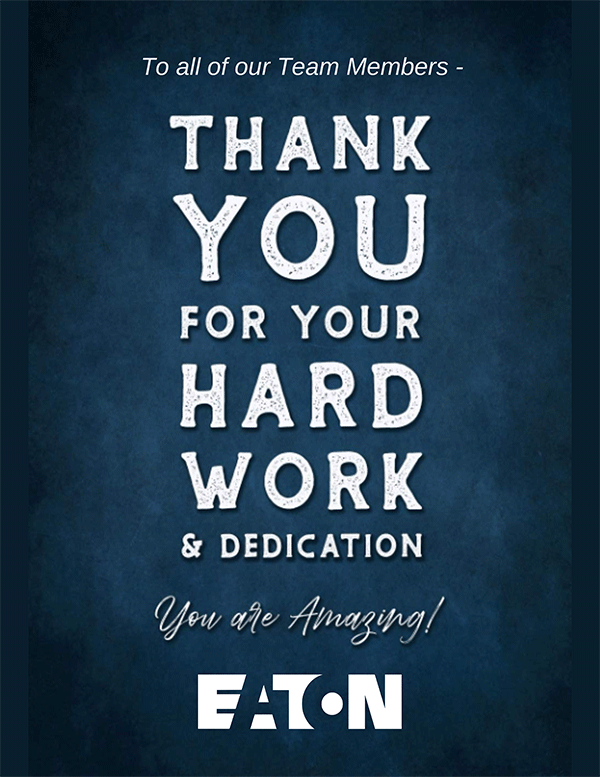|
"A
shorthand of two quarters of negative growth has typically
worked, and so a lot of people think of it that way," Yellen
told reporters during a visit to the Rosebud Sioux Tribe
reservation in South Dakota when asked how she would measure a
recession. "But recessions aren't all the same.
"There are deep recessions. There are shallow recessions. There
are recessions that have rapid recovery. There are recessions
that might raise the unemployment rate slightly, but not a whole
lot," she said.
Yellen has said recently that a U.S. recession "is not
inevitable" despite aggressive interest rate hikes from the
Federal Reserve to cool demand - moves that have prompted more
economists to forecast a recession by 2023.
But she said she believed most economists were not predicting
recession because they were taking into account the unique
features of the post-COVID-19 economy, including a "quite
depressed" labor force participation rate.
"And so we have a very tight labor market. Wages have been
rising pretty rapidly, but if we see people come back into the
labor market, that's one way in which labor market tightness
might be mitigated and that could help to bring down
inflationary pressures," Yellen said.
The current economic situation should be viewed with this in
mind, she said.
"Staying in the neighborhood of tight labor markets, what people
would dub full employment, I believe it's possible," Yellen
added.
(Reporting by David Lawder; Editing by Leslie Adler)
[© 2022 Thomson Reuters. All rights
reserved.]
This material may not be published,
broadcast, rewritten or redistributed.
Thompson Reuters is solely responsible for this content.

|
|





